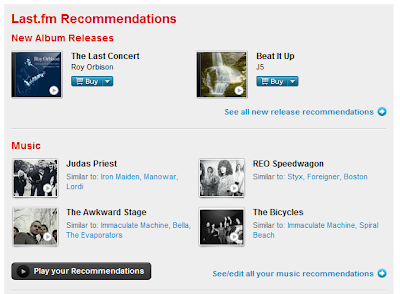At the end of my post, I summarized my predictions:
So, hedge your bets. SaskTel has ~30 days until August 16, 2010, when they’re going to light up the new network. Sorry SaskTel! Here are my pessimistic predictions:Let's see how accurate I was. One point per correct answer!
- Some kind of launch day complication or delay that affects CDMA users.
- Sub-standard device lineup on launch day.
- No iPhone 4.
- No Android devices (I would be truly sad about this one).
- Palm Centro still available to purchase on SaskTel website.
1. Some kind of launch day complication or delay that affects CDMA users.
To my knowledge, the network light-up went off without a hitch, and nobody I know noticed any adverse effects on their existing phones. Good job, SaskTel!
0/1 Points.
2. Sub-standard device lineup on launch day.
The 3G+ network launched with five devices: Nokia 6530, Nokia 7230, a Novatel Internet Stick, BlackBerry Pearl 9100, and the BlackBerry Bold 9700. A few days later, they added the Samsung Gravity Touch, but it wasn't available on launch day so it doesn't count.
The two BlackBerry devices are pretty rad, but the Nokias are a big "meh" and even the Gravity Touch isn't that impressive.
0.5/1 Points
3. No iPhone 4.
Right on the money!
1/1 Points
4. No Android Devices
The Samsung Galaxy S Vibrant looks like it's on its way - which is good, it's a well-reviewed phone - but it wasn't available at launch.
1/1 Points
5. Palm Centro still available to purchase on SaskTel website.
Awwww.... poor little Palm Centro. Still available.
1/1 Points
3.5/5 isn't bad! Truth be told, I wish I'd been wrong about more. Oh well. Here's hoping that this is just the start of a turnaround for device availability at SaskTel!




